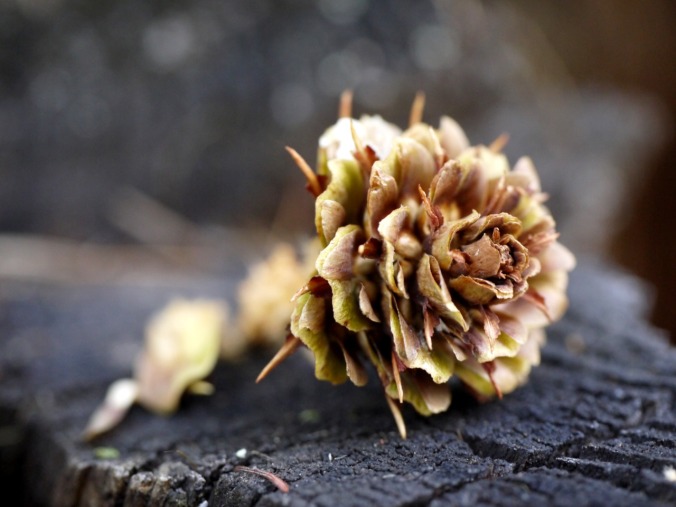
Dodecatheon pulchellum “Shooting star” Primulaceae
Missoula, MT
May 13, 2014
Robert Niese
The flowers of the Dodecatheon genus can only be pollinated by large native bees capable of “buzz pollination.” Small bees and the introduced, European Honeybees can not provide this service to the plants.








